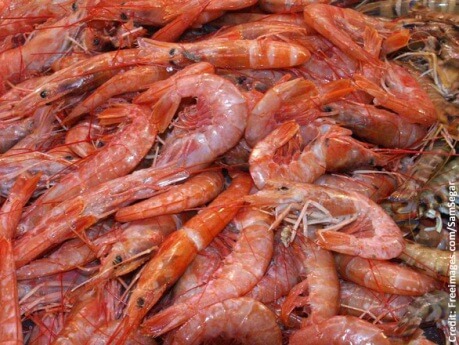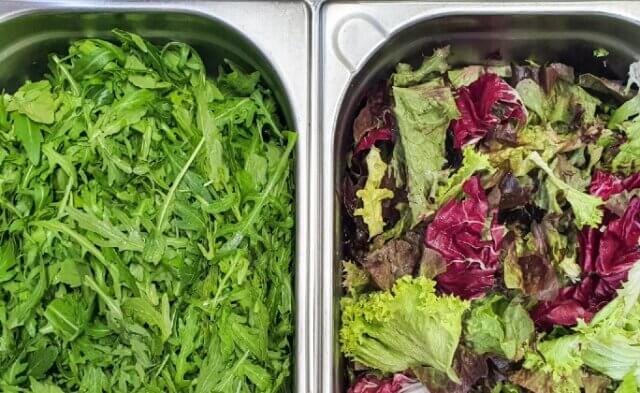Driverless cars, virtual-reality theme parks, human tissue produced by 3-D printers—it seems that nearly every day there’s a new technological advancement that sets the world abuzz with excitement. But, while these innovations will no doubt improve lives, what could be more exciting than an innovation that can improve the world? Enter, shrimp created in a laboratory.
Yes, shrimp. You’ve likely heard of laboratories that grow beef patties from real bovine cells, but these days all eyes are on re-creating one of the tiniest living beings … from scratch. This shrimp differs from other lab-produced meats in that it contains no animal protein. How is that possible? Scientists simply analyzed shrimp at the molecular level in order to build a replica out of algae and other plant proteins. The result is a product that tastes and feels like the real thing—so much so that a major tech company has already placed an order for it to be served in its staff cafeteria.
And synthetic shrimp is much more than science fiction come to life—it is an absolute necessity.
Shrimp are fascinating social beings. They use sound or polarized light to communicate, and one shrimp species is even considered to be the loudest animal on the planet. Some live in complex colonies similar to beehives, while others mate for life. And they can live for more than six years.
But our dinner plates belie the tale told by these remarkable characteristics. Every year, Americans consume 1.3 billion pounds of these interesting little animals. We pull them from their watery homes, rip off their exoskeletons and boil them without a second thought.
And it’s not just shrimp who suffer, thanks to our gluttony. We Americans expect our shrimp to be plentiful, and we expect them to be cheap. But the prevalence of low-cost shrimp is an ecological disaster: Boats that net wild shrimp are also responsible for the deaths of tens of thousands of endangered sea turtles each year in the U.S. alone, while shrimp farms create cesspools of antibiotics, fertilizers, pesticides, feces and other waste. And despite their tiny size, farmed shrimp’s carbon footprint packs a wallop, roughly 10 times more damaging than that of beef.
Humans suffer, too. Investigations in Thailand have revealed that the country’s $7 billion shrimp export industry and modern-day slavery often go insidiously hand-in-hand. The forced laborers—including children and victims of human trafficking—spend up to 16 hours a day with their hands in icy water as they peel and disembowel shrimp, which then make their way around the globe, including into U.S. grocery stores and restaurants.
Lab-produced shrimp is free of these drawbacks. Greenhouse-gas emissions generated from creating meat in a laboratory are up to 96 percent lower than those from producing traditional meat, and there is no resulting disruption to ecosystems or food chains. No humans must toil for hours to peel these shrimp, which are naturally shell-free. And unlike the disingenuous “humanely raised” labels slapped onto meat from animals who were still abused and slaughtered, this meat truly is humane.
Synthetic shrimp—what’s not to love? The future’s so close, you can literally taste it.






